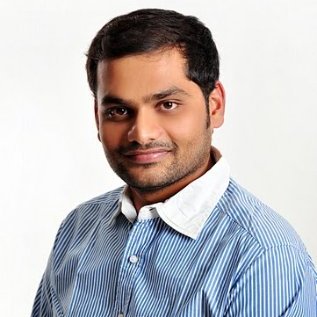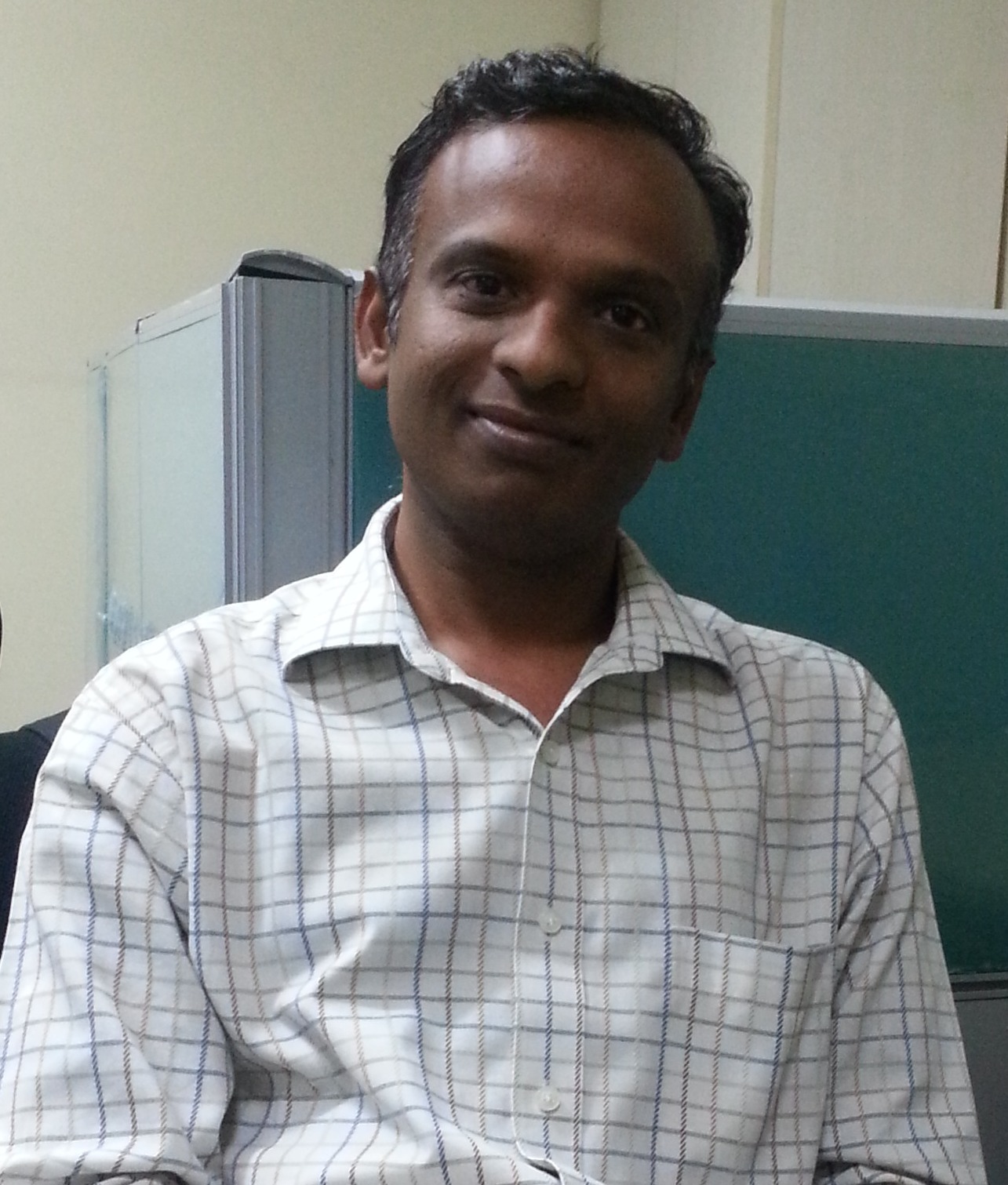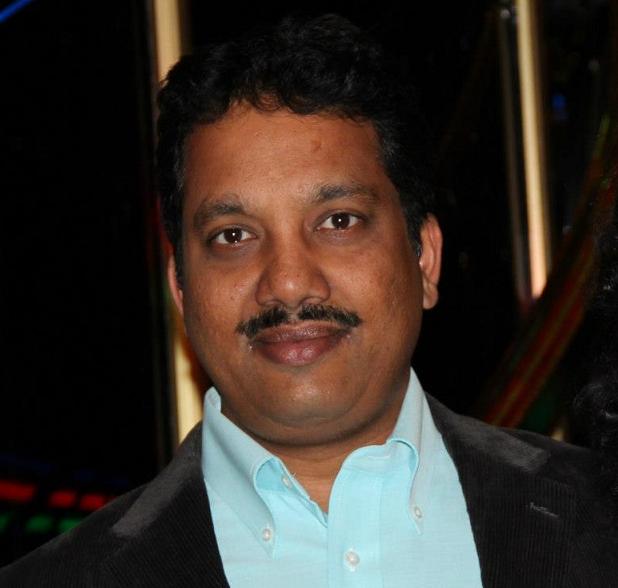-
Prepare for the Internet of Things (IoT) future
- Posted Under Others
- May 30th, 2014
Gartner predicts that, by 2020, the installed base of the Internet of Things (IoT) will exceed 26 billion units worldwide; therefore, few organizations will escape the need to make products intelligent and the need to interface smart objects with corporate systems.
IoT projects are already starting in advanced organizations, and even when they haven’t yet arisen, few organizations will escape some form of IoT activity in the 2014 to 2017 time frame. For those organizations that haven’t yet started investigating IoT opportunities, it may seem premature to prepare for something before firm requirements emerge.
Following activities suggested by Gartner to prepare for IoT projects:
- Training: Send staff to training courses, encourage self-development by providing books and training material about IoT concepts, and encourage staff to attend relevant conferences and exhibitions.
- Familiarization: Buy low-cost, single-board embedded computers such as Raspberry Pi or Arduino and provide them to key staff to for experiments and familiarization.
- Ideation: Run workshops, competitions and other ideation exercises to consider what business opportunities might emerge if your current products were smarter and exploited IoT principles.
As per Gartner analysis the initial goal is not to create IoT experts, but to ensure that key staff (such as IT architects) have sufficient knowledge about IoT concepts and technologies to make informed decisions when IoT requirements emerge — as they inevitably will.
Comments (0)
-
Expanding our Healthcare and Life Sciences services
- Posted Under Healthcare
- May 24th, 2014
The Indian healthcare industry is expected to touch US$ 250 billion by 2020. The year over year (YOY ) double digit growth can be attributed to rising population, increasing lifestyle related health issues, cheaper treatment costs, thrust in medical tourism, improving health insurance, government initiatives in rural, semi-urban areas and focus on public private partnership models.
The key industries like healthcare providers, pharmaceutical, bio-informatics, contract research etc. in HLS segment is propelling growth chart to new heights. To overcome sudden spate of business challenges, companies are prioritising latest technology adoption to address demanding patient care, innovation in R&D and new generation drugs.
At Bodhtree, our expanded healthcare and life sciences services like business and technology consulting, analytics and information management, product engineering and mobility solutions are addressing the markets both in India and USA.
Today innovation in HLS is all about adopting change. Internet, social media and mobile devices are showing new path to bring efficiency, while real time models and gadgets providing more options to users. Bodhtree’s HLS experts can define the most modern approach and replace ageing and redundant systems with clinical applications, custom tele health portals, DM portals and clinical and business analytics services for healthcare. Tele-health and remote patient monitoring has changed the way hospitals function today. A new set of challenges for pharmaceutical enterprises in drug discovery and research is compelling them to deploy technology solutions that keep them ahead in the race. Our pharma services compliment API, formulations, bulk drugs and branded generics companies to accelerate clinical trials,drug development & innovation.
In a nutshell, the sector continues to look up, it is not free of challenges, increasing patient expectations and ever-changing technology, act as a critical barrier in delivering healthcare and life sciences services in a sustainable manner.
Comments (0)
-
Sensor Networks and the Internet of Things
- Posted Under Others
- May 20th, 2014
The Internet of Things describes the growing number of intelligent objects (or things) that are being connected to the Internet. There has been massive interest and significant growth over the past 18 months in this area, although the variety of nomenclature creates confusion. Although there are differences of scope and focus among the Industrial Internet (GE), the Internet of Everything (Cisco) and Smarter Planet (IBM), to name but a few, all essentially describe the same concept — a growing universe of Internet-connected devices that are expected to create new efficiencies, new revenue streams and new business opportunities. Gartner defines the “Internet of Things” as the network of physical objects that contain embedded technology to communicate and sense or interact with their internal states or the external environment.
2014 has already been described in some media as “The Year of the Sensor,” which captures the rising growth of this concept of connected, sensing devices across consumer, business and industrial (operational technology) sectors. Many of the future applications of this technology are not yet clear, but the number of sensors expected to be installed over the next few years and the incremental value they might produce are forecast to be substantial. Gartner’s forecast indicates the number of connected devices (excluding PCs, tablets and smartphones) will increase almost thirtyfold to more than 26 billion units by 2020 and deliver an overall global economic value-add of $1.9 trillion, of which 80% will derive from services.
Source: Gartner
Comments (0)
Blogger of the Month
Connect With Bodhtree
Bodhtree Video
Looking for something?
Recent Comments
- hidemyass com google search on Bodhtree featured in Channel World Fast track as a fast growing company
- Nouveau maillot manchester united 2014 officiel on Five Cloud Data Residency Issues That Must Not Be Ignored
- shashi on Salesforce CRM empowering sales reps in Pharmaceutical Enterprises
- hidemyass proxy on Bodhtree featured in Channel World Fast track as a fast growing company
- Parag Mone on What is Cassandra and How Does It Help with Big Data?
Categories
Quick Links
- AppScale - Oracle EBS r12 Assessment
- BI Analytics Software Solutions
- ERP Solutions and Software Services
- Global IT Consulting Company
- Informatica ETL Data Integration and Quality
- IT Organizations Policy Management - SecureTree
- MIDAS | Data Management Solutions and Consulting Services
- Oracle Business Intelligence Enterprise Edition (OBIEE) Consultant
- Oracle E-Business Suite Implementation Services
- Oracle E-Business Suite Implementation Services
- Oracle r12 Upgrade Assessment
- Product Engineering and Process Reengineering Services
- Sales Management Software - Sharetree
- Salesforce Social CRM | Facebook CRM | Twitter CRM
- Salesforce | Customer Relationship Management (CRM) | Force.com Consulting
- SAP Business Objects (BOBJ) Data Services
- Teletree - Social Support Service Help desk Software












